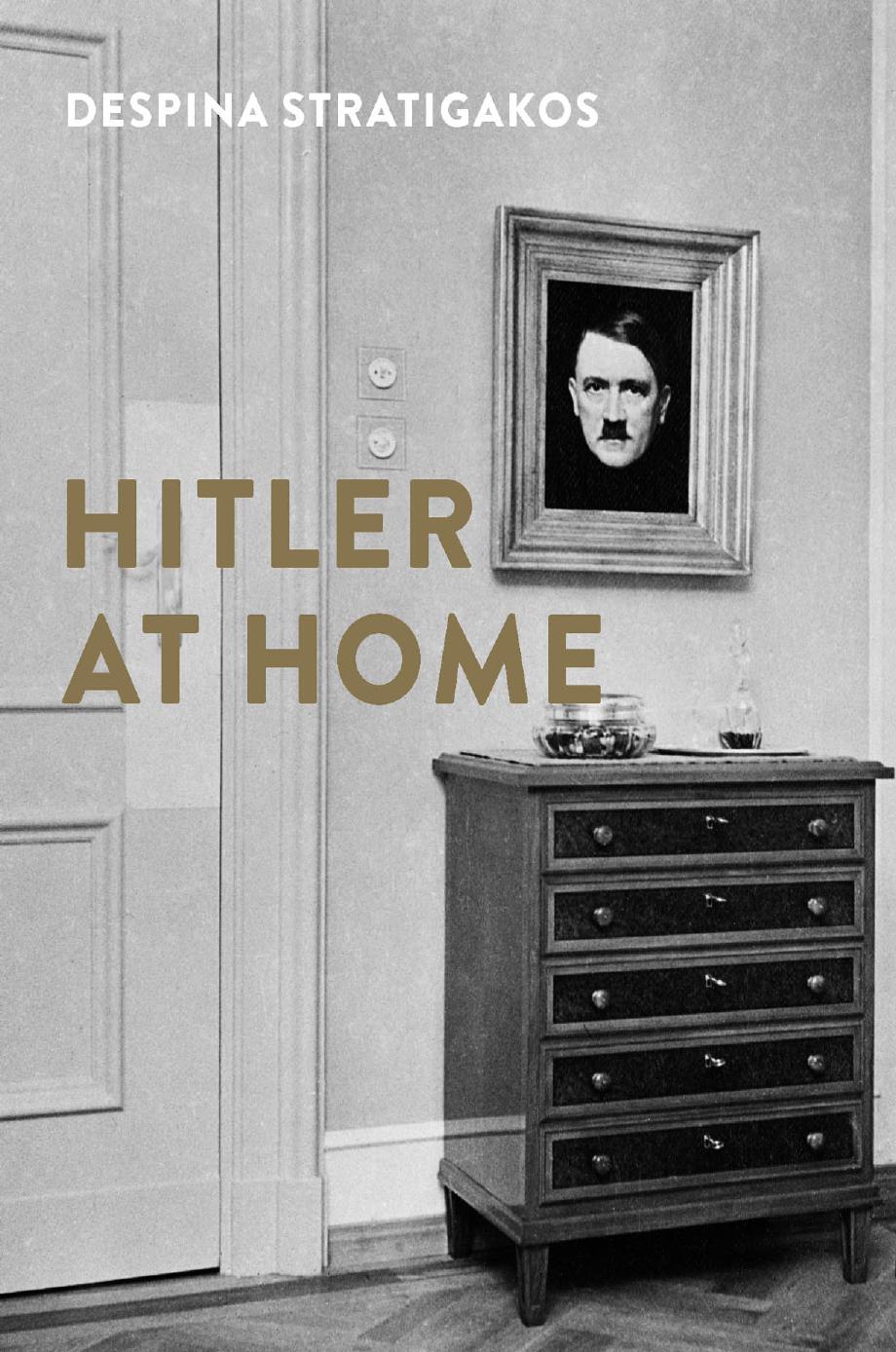Hitler at Home by Despina Stratigakos

Author:Despina Stratigakos
Language: eng
Format: epub, pdf
Publisher: Yale University Press
Published: 2015-11-29T16:00:00+00:00
Fig. 56. May 30, 1937, cover of the New York Times Magazine.
On May 30, 1937, the cover of the New York Times Magazine featured a large and stunning photograph of the town of Berchtesgaden above the words: “Where Hitler Dreams and Plans” (fig. 56). Otto Tolischus, the newspaper’s Berlin correspondent, contributed the three-page illustrated feature. His report began with a clear-eyed assessment of the significance of Hitler’s mountain residence:
Germany is administered from Berlin, capital of the Third Reich. It is inspired and spurred onward from Munich, capital of the National Socialist movement. But it is ruled from a mountain top—the mountain on which Fuehrer and Reich Chancellor Adolf Hitler has built himself a lofty country residence where he spends the larger part of his time and to which he always retires to ponder events and to make those fateful decisions that so often startle the world.
Der Berghof, as this residence is now called, is rapidly becoming a place of German destiny.
Going on to describe the changes that had transformed Haus Wachenfeld into the Berghof, Tolischus suggested that this destiny might not be a happy one.83
Picturesque little Berchtesgaden, Tolischus informed the reader, “is rapidly turning into a miniature national capital.” Improved transportation systems provided rapid access by automobile and air, and new buildings accommodated growing government functions, including a Berchtesgaden branch of the Reich Chancellery. Such a branch was needed, head of the Reich Chancellery Hans Lammers claimed at its dedication, because “the Fuehrer is always on duty, even when on vacation.” Alongside the construction, the atmosphere was changing as well. “The presence of the head of a mighty nation,” Tolischus noted, “is already transforming the rustic and unsophisticated simplicity of the place and is giving it—more sensed than seen—a formidable and a martial air.”84
On the Obersalzberg, these changes were visible in the creation of new barracks for the SS men who guarded Hitler. They were also evident in the measures taken to protect Hitler’s residence, which had transformed from rustic cottage into “an impregnable fort.” Mystery surrounded the Berghof: “Nobody is authorized to talk about it; no publication about it is permitted except for a few official photographs and some lyric but vague explanations of them; even the workers who constructed it have been pledged to silence.” Rumors circulated that the Berghof was now equipped with gas-proof bomb shelters and was “girded by anti-aircraft guns” that could bring down a “fleet of planes long before they had any chance of doing damage.” Around the wooded estate, “little turrets which look quite romantic” were, in fact, guard posts, and the “entire mountain side, covering several square miles” had been enclosed with a high barbed-wire fence. The Nazi elite had homes within the protected perimeter, “but everything else, including a children’s sanatorium and a score of peasant homes, has been removed from it.” Berchtesgaden itself was “reported to have been cleansed of all ‘unreliable’ elements,” and tourists were required to answer a battery of police questions. All of these precautions were “so
Download
This site does not store any files on its server. We only index and link to content provided by other sites. Please contact the content providers to delete copyright contents if any and email us, we'll remove relevant links or contents immediately.
| France | Germany |
| Great Britain | Greece |
| Italy | Rome |
| Russia | Spain & Portugal |
Fanny Burney by Claire Harman(25796)
Empire of the Sikhs by Patwant Singh(22189)
Out of India by Michael Foss(16317)
Leonardo da Vinci by Walter Isaacson(11927)
Small Great Things by Jodi Picoult(6113)
The Six Wives Of Henry VIII (WOMEN IN HISTORY) by Fraser Antonia(4801)
The Wind in My Hair by Masih Alinejad(4431)
The Lonely City by Olivia Laing(4134)
The Crown by Robert Lacey(4121)
A Higher Loyalty: Truth, Lies, and Leadership by James Comey(4045)
The Iron Duke by The Iron Duke(3657)
Millionaire: The Philanderer, Gambler, and Duelist Who Invented Modern Finance by Janet Gleeson(3577)
Sticky Fingers by Joe Hagan(3461)
Alive: The Story of the Andes Survivors by Piers Paul Read(3325)
Papillon (English) by Henri Charrière(3283)
Joan of Arc by Mary Gordon(3272)
Stalin by Stephen Kotkin(3096)
Aleister Crowley: The Biography by Tobias Churton(3032)
Ants Among Elephants by Sujatha Gidla(2932)
